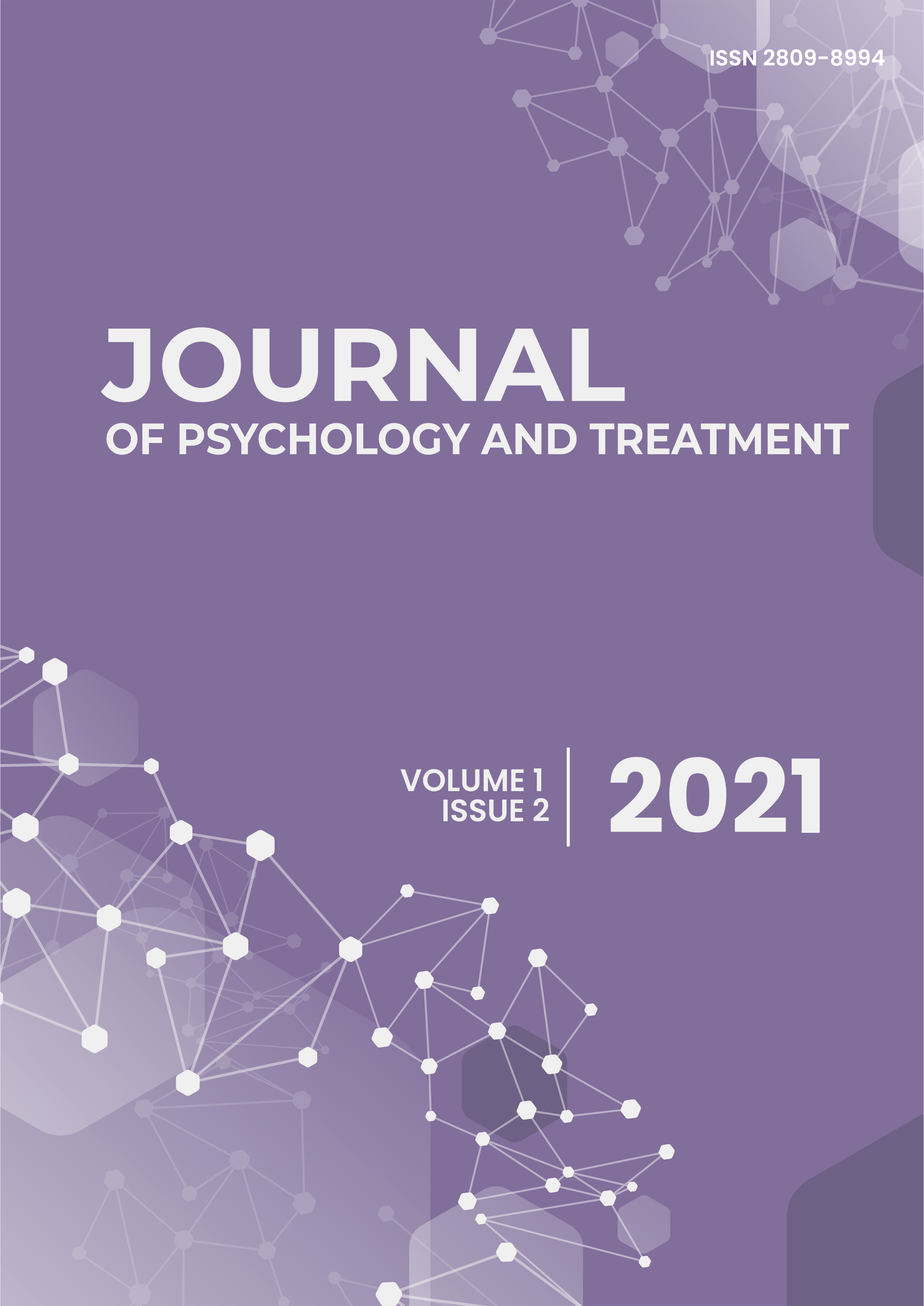Studi Kualitatif Manajemen Orangtua dalam Penggunaan Gadget dan Pengaruhnya terhadap Kemampuan Interaksi Sosial Anak Usia Dini
DOI:
https://doi.org/10.53088/jpt.v1i2.2150Keywords:
Gadget Use, Social Interaction, Early ChildhoodAbstract
The use of gadgets in early childhood has a very large impact or influence on the achievement of the stages of child development. And parents must take preventive action or have rules for using gadgets, so that children are not exposed to the negative impacts of gadgets that can be an obstacle to their development, especially the development of social interactions. This study aims to explore the management or parental settings regarding the use of gadgets in early childhood and its effect on the ability of social interaction in children, using a qualitative descriptive research method. Collecting data using a questionnaire containing open-ended questions to 75 participants by proposive sampling. The data analysis technique used is Miles and Huberman interactive analysis. The results showed that there were 6 categories of parental gadget use management for their children, namely limiting the hours of gadget use; make a schedule for using gadgets; set up the gadget area; provide assistance to children; does not give full access; provide rewards and punishments. Based on this research, it can be concluded that of 75 participants, 92 percent have rules for using gadgets in their children, and 85% of their children's social interaction skills are good or not experiencing obstacles.
References
Arikunto, S. (2002). Prosedur Penelitian Suatu Pendekatan Praktek. Jakarta: PT. Rineka Cipta
Andrianto, D. (2014). Komunikasi Efektif Ortu Untuk Anak Usia Dini. Retrieved March 10, 2017, from Cahaya Ilmu: http://cahaya-ilmu.com/index.php/9- uncategorised/89-komunikasi-efekti-ortu-untuk-anak-usia-dini
Bingin, B. (2003). Analisis Data Penelitian Kualitatif. PT Raja Grafindo Persada, Jakarta.
Corsaro, W. A. (2005). Collective action and agency in young children's peer culture (In J. Qvortrup. Studies in modern childhood: Society, agency, and culture. Palgrave Macmillan, London, 231-232. DOI: https://doi.org/10.1057/9780230504929_14. DOI: https://doi.org/10.1057/9780230504929_14
Creswel, J.W. (2012). Research Design: Qualitative and Quantitative Approach. Sage Publications 2455 Teller Road Thousand Oaks, California 91320
Terry, G.R. & Rue, L.W. (2000). Principles Of Management, Jakarta: PT BUmi Aksara (diterjemahkan oleh Bixby Vision)
Guosong, S. (2009). Understanding the appeal of user‐generated media: A uses and gratification perspective. Internet Research, 19(1), 7-25. DOI: https://doi.org/10.1108/10662240910927795 DOI: https://doi.org/10.1108/10662240910927795
Hendriyani, E. H., dkk. (2012). Children's media use in Indonesia. Asian Jurnal of Communication, 22(3), 304-339. DOI: https://doi.org/10.1080/01292986.2012.662514 DOI: https://doi.org/10.1080/01292986.2012.662514
Hermoyo, R. P. (2015). Membentuk komunikasi yang efektif pada masa perkembangan anak usia dini. Jurnal Pedagogi, 1(1), 1-21. Retrieved from http://journal.um-surabaya.ac.id/index.php/Pedagogi/article/view/21
Levy, M. R., & Windahl, S. (1984). Audience activity and gratifications: A conceptual clarification and exploration. Communication Research, 11, 51-78. DOI: https://doi.org/10.1177/009365084011001003 DOI: https://doi.org/10.1177/009365084011001003
Masitoh. (2007). Strategi Pembelajaran TK. Jakarta, Indonesia: Universitas Terbuka.
Moleong, L.J. (2007). Metodologi Penelitian Kualitatif. Edisi Revisi. Bandung: PT Remaja Rosda Karya
Pradana, P. (2013) Mengenal Android Lebih Dekat, Yogyakarta: Skripta Media Creative
Rachman, D. M. P. (2016). Tantangan mendidik anak di era digital. Retrieved March 10, 2017, from Mungilmu: http://www.mungilmu.com/single-post/2016/10/22/Tantangan-Mendidik-Anak-di-Era-Digital
Rowan, C. (2013). The impact of technology on child sensory and motor development. Retrieved March 10, 2017, from http://www.sensomotorische-integratie.nl/CrisRowan.pdf
Santoso, M. S. (2010). Teori Komunikasi. Yogyakarta, Indonesia: Graha Ilmu.
Saydam, G. (2005). Teknologi Komunikasi, Perkembangan, dan Aplikasi. Bandung, Indonesia: Alfabeta.
Sukarji. (2014). Manajamen dalam Pendidikan Islam. Jakarta: Mitra Wacana Media.
Downloads
Published
How to Cite
Issue
Section
License
Copyright (c) 2022 Aruny Amalia Syahida, Daliman

This work is licensed under a Creative Commons Attribution-ShareAlike 4.0 International License.
Authors who publish with this journal agree to the following terms:
The author(s) retain copyright and grant the journal the right of first publication with the work simultaneously licensed under a CC BY-SA 4.0 license that allows others to remix, adapt, and build upon the work even for commercial purposes, as long as they credit the author(s) and license their new creations under the identical terms.
License details: https://creativecommons.org/licenses/by-sa/4.0/
Most read articles by the same author(s)
- Prilia Zulfatur Rohmah, Daliman, Efektivitas Islamic Parenting dalam Membentuk Karakter Anak Usia Dini , Journal of Psychology and Treatment: Vol. 1 No. 2 (2022): Journal of Psychology and Treatment

